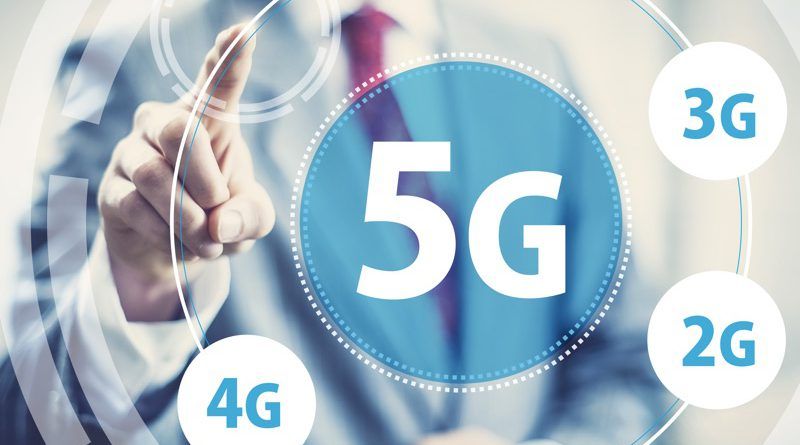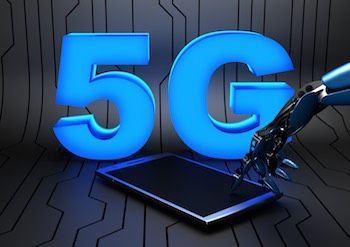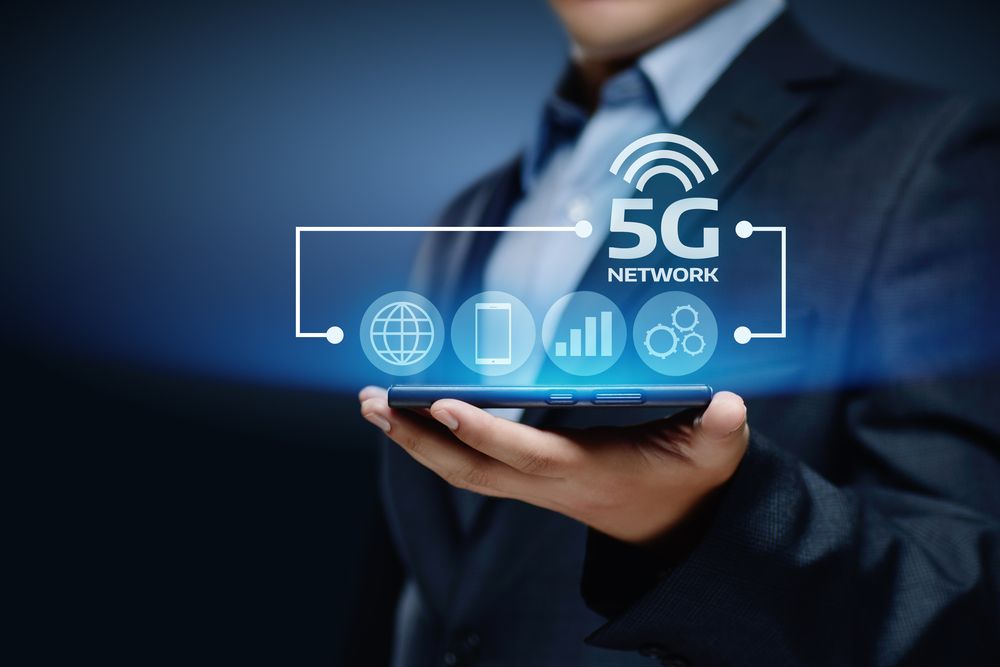The Next "G" In Technology
Feb 18, 2019 • 3 views
In today's world change is the only constant. This quote goes well for technology also. The buzz for 5G technology started when 4G became functional. Now that fuzzy little buzz seems to be legitimate. Recently, many companies across the globe tested for 5G technology communication simultaneously. What will be its cost, availability and speeds are just flashy numbers for now? Some experts say that whooping speeds of 1.4Gbps will be available for our use. This number seems to be a gimmick in the Indian Telecom sector where we are still dealing with speeds of a few hundred KBs in the name of 4G.

Sadly, India has entered the generation of true 4G. We are still happy with LTEs which are long-term evolutions of actual 4G. While countries in Europe provide speeds of 100 Mbps for downlink but we are stuck at one-tenth of that. Many countries in the world are talking of making basic internet with quality speed as constitutional rights of netizens but this can’t be even thought of in India for now.

With every next ‘G’ in technology, every basic evaluation parameter has to become ten-fold. This was certainly not true for users migrating from 3G to 4G in India. All those call drops and data connectivity issues are still present with 4G. It would be really challenging for telecom network providers to tackle this situation. In India, the major market player in 4G is Jio. All the other operators have been single handily destroyed by Jio. Its success is major because of buying 4G spectrums at very cheap rates around 2010. Unfortunately, other companies were still investing in the 2G and 3G band at that time. Jio will also be a vital player in 5G in India as its 4G network is already prepared to 5G technology protocols.

Considering the fact that 5G technology will be based on high-frequency waves which are in turn, having less wavelength, more telecom towers have to be installed. This increases the threat among people about radiation being emitted from these towers. This Radiation ghost has become wildly popular after reports of birds dying in Netherland came in right after 5G signals were tested for the first time. So adding another G is a mammoth task for now but it’s definitely achievable by 2020.
